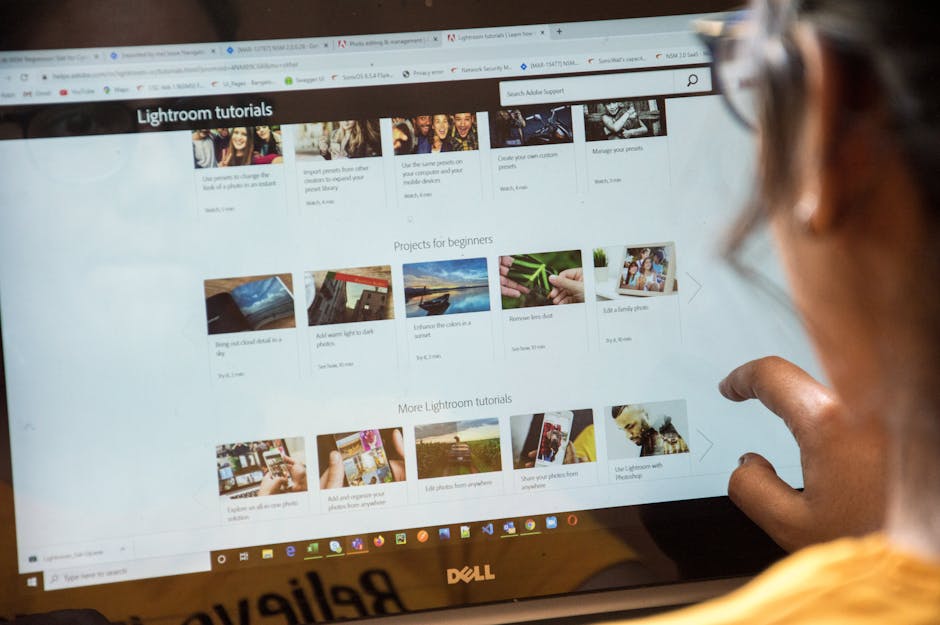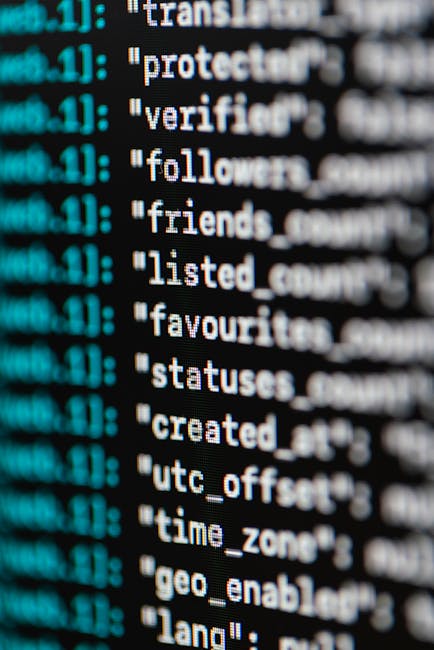Unlock Your Python Potential: Beginner-Friendly Tutorials to Get Started
Embarking on a programming journey can feel daunting, but with the right resources, learning Python can be an enjoyable and rewarding experience. This comprehensive guide provides a structured approach to learning Python, designed specifically for beginners with little to no prior programming knowledge. We’ll cover the fundamentals, offer practical examples, and address common challenges, ensuring you build a solid foundation in this versatile language.
Python’s clear syntax and extensive libraries make it an ideal starting point for aspiring programmers. Whether you aim to build websites, analyze data, or automate tasks, this tutorial will empower you with the skills to achieve your goals. We’ll break down complex concepts into manageable steps, providing a supportive and engaging learning experience. Get ready to dive into the world of Python!
This tutorial aims to provide a clear, concise, and practical path for beginners. We will cover the essential concepts and techniques needed to start programming in Python effectively.
Background: What is Python?

Python is a high-level, general-purpose programming language known for its readability and ease of use. Its elegant syntax emphasizes code clarity, making it easier to learn and understand than many other languages. Python’s versatility shines in its wide range of applications, including web development, data science, machine learning, scripting, and automation.
Python’s History and Popularity
Created by Guido van Rossum and first released in 1991, Python has steadily gained popularity due to its versatility and supportive community. Its extensive libraries and frameworks simplify complex tasks, accelerating development across various domains.
Importance of Learning Python

In today’s technologically driven world, programming skills are increasingly valuable. Learning Python opens doors to numerous career opportunities and empowers you to solve real-world problems using code. Its wide applicability makes it a highly sought-after skill in many industries.
Career Prospects and Demand
Python developers are in high demand across diverse sectors, including technology, finance, healthcare, and research. Mastering Python significantly enhances career prospects and earning potential.
Benefits of Learning Python

Python offers a multitude of advantages for beginners. Its simple syntax reduces the learning curve, and its extensive community provides ample support and resources. The vast ecosystem of libraries simplifies complex tasks, enabling rapid prototyping and development.
Readability and Simplicity
Python’s clean and intuitive syntax makes it remarkably easy to read and understand, unlike some other programming languages that are more complex and cryptic.
Large and Supportive Community
A thriving community of Python developers offers abundant online resources, tutorials, and support forums. This robust community ensures beginners receive the help they need when facing challenges.
Steps to Getting Started with Python

Begin your Python journey with these simple steps:
1. Installation
Download the latest version of Python from the official website (python.org) and follow the installation instructions for your operating system. Ensure you add Python to your system’s PATH environment variable to easily run Python from your terminal or command prompt.
2. Setting Up Your Development Environment
Choose a suitable code editor or Integrated Development Environment (IDE). Popular choices include VS Code, PyCharm, and Sublime Text. These tools provide features like syntax highlighting, code completion, and debugging capabilities to enhance your coding experience.
3. Running Your First Python Program
Create a new file (e.g., `hello.py`) and write the following code:
print("Hello, world!")Save the file and run it from your terminal using the command: `python hello.py`
Examples: Illustrative Python Programs

Let’s explore some simple yet insightful Python programs to solidify your understanding:
Basic Arithmetic Operations
a = 10
b = 5
print(a + b) # Addition
print(a - b) # Subtraction
print(a * b) # Multiplication
print(a / b) # Division
Working with Strings
name = "Alice"
greeting = "Hello, " + name + "!"
print(greeting)
Strategies for Effective Learning

Learning Python effectively involves consistent practice and engagement with diverse resources.
Practice Regularly
Consistent practice is crucial for mastering any programming language. Solve coding challenges, work on small projects, and continuously apply what you learn.
Utilize Online Resources
Numerous online platforms offer Python tutorials, courses, and documentation. Leverage these resources to enhance your understanding and explore advanced concepts.
Challenges and Solutions
Beginners often encounter common hurdles while learning Python. Understanding these challenges and their solutions can significantly improve your learning experience.
Troubleshooting Errors
Error messages can be confusing. Carefully examine error messages, search online for solutions related to the specific error, and leverage debugging tools in your IDE to pinpoint the cause.
Overcoming Syntax Errors
Pay close attention to syntax rules. Even small mistakes like missing colons or incorrect indentation can lead to errors. Utilize code editors with syntax highlighting and linters to catch these mistakes early.
Frequently Asked Questions (FAQ)
- Is Python difficult to learn for beginners?
- No, Python’s simple syntax and readability make it relatively easy to learn, especially for beginners.
- What are the best resources for learning Python?
- Many excellent resources exist, including online courses (Codecademy, Coursera), interactive tutorials (Learn Python.org), and official documentation.
- How long does it take to learn Python?
- The time required varies depending on your learning style and dedication. With consistent effort, you can gain a basic understanding within a few weeks or months.
- What kind of projects can I build with Python?
- Python’s versatility allows for various projects, from simple scripts to complex applications, including web apps, data analysis tools, and games.
- What is the best IDE for Python?
- The “best” IDE is subjective; popular choices include VS Code, PyCharm, and Sublime Text. Choose one that suits your preferences and workflow.
Conclusion: Embrace the Power of Python
This comprehensive guide has equipped you with a solid foundation for embarking on your Python programming journey. Remember, consistent practice and engagement with the abundant resources available will accelerate your progress. Start small, build upon your knowledge, and celebrate your accomplishments along the way. Python’s potential is vast, and with dedication, you can unlock incredible possibilities.
Call to Action: Start your free Python tutorial today and begin your exciting journey into the world of programming!

